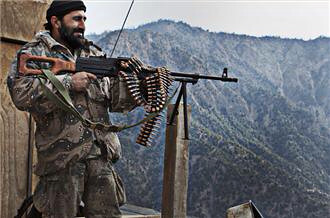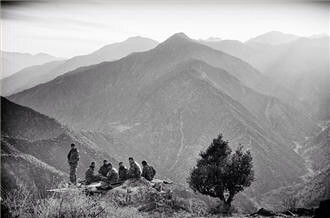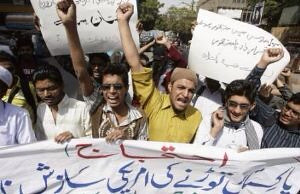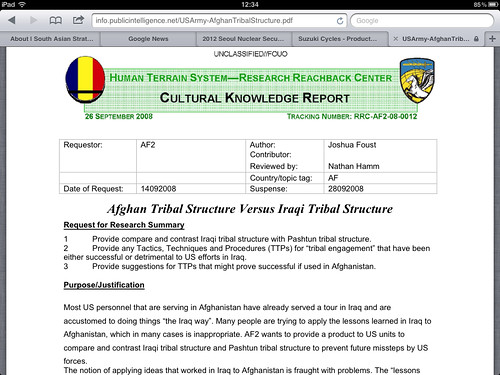CANBERRA – Last month, the Doomsday Clock’s hands were moved a minute closer to midnight by the Bulletin of the Atomic Scientists, the respected global organization that for decades has tracked the risk of a nuclear-weapons catastrophe, whether caused by accident or design, state or terrorist, fission bomb or dirty radiological bomb.
Few around the world seemed to be listening. The story – as others like it since the end of the Cold War – came and went within a half-day’s news cycle. But the Scientists’ argument was sobering, and demands attention. Progress since 2007 – when the Clock’s hands were last set at five minutes to midnight – has stalled, and political leadership has gone missing on all of the critical issues: disarmament, non-proliferation, and key building blocks needed for both.
On disarmament, the balloon has well and truly deflated. The New START treaty, signed by the United States and Russia in 2010, reduced the number of deployed strategic weapons, but left both sides’ actual stockpiles intact, their high-alert status undisturbed, weapons-modernization programs in place, disagreements about missile defense and conventional-arms imbalances unresolved – and talks on further draw-downs going nowhere.
With no further movement by the US and Russia, which together hold 95% of the world’s total of more than 20,000 nuclear weapons, no other nuclear-armed state has felt pressure to reduce its own stocks significantly, and some – China, India, and Pakistan – have been increasing them.
The 2010 Non-Proliferation Treaty (NPT) Review Conference was a modest success, mainly because it did not collapse in disarray, as had the previous one in 2005. But it could not agree on measures to strengthen the regime; its push for talks on a nuclear-weapons-free zone in the Middle East has so far gathered no momentum; North Korea is no closer to being put back in its NPT box; and Iran is closer than ever to jumping out of it, with consequences that would ricochet around the region – and the global economy – if it makes that decision.
Despite President Barack Obama’s good intentions, the US Senate is no closer to ratifying the Comprehensive Nuclear-Test-Ban Treaty, while China, India, and Pakistan, among others, take shelter behind that inaction, with a fragile voluntary moratorium the only obstacle to resumed testing. And negotiations on another crucial building block for both disarmament and non-proliferation – a treaty to ban further production of weapons-grade fissile material – remain at an impasse.
The only half-way good news is that progress continues on a third building block: ensuring that weapons-usable materials, and weapons themselves, currently stored in multiple locations in 32 countries, do not fall into the hands of rogue states or terrorists. At the end of March, South Korean President Lee Myung-bak will host a follow-up meeting to Obama’s successful Nuclear Security Summit in 2010, which brought together 47 government leaders to agree on a comprehensive program aimed at securing all such materials within four years. High on the agenda will be the security implications of nuclear safety: the Fukushima catastrophe showed that nuclear-power plants may be vulnerable not only to natural disaster, but also to terrorist sabotage. More
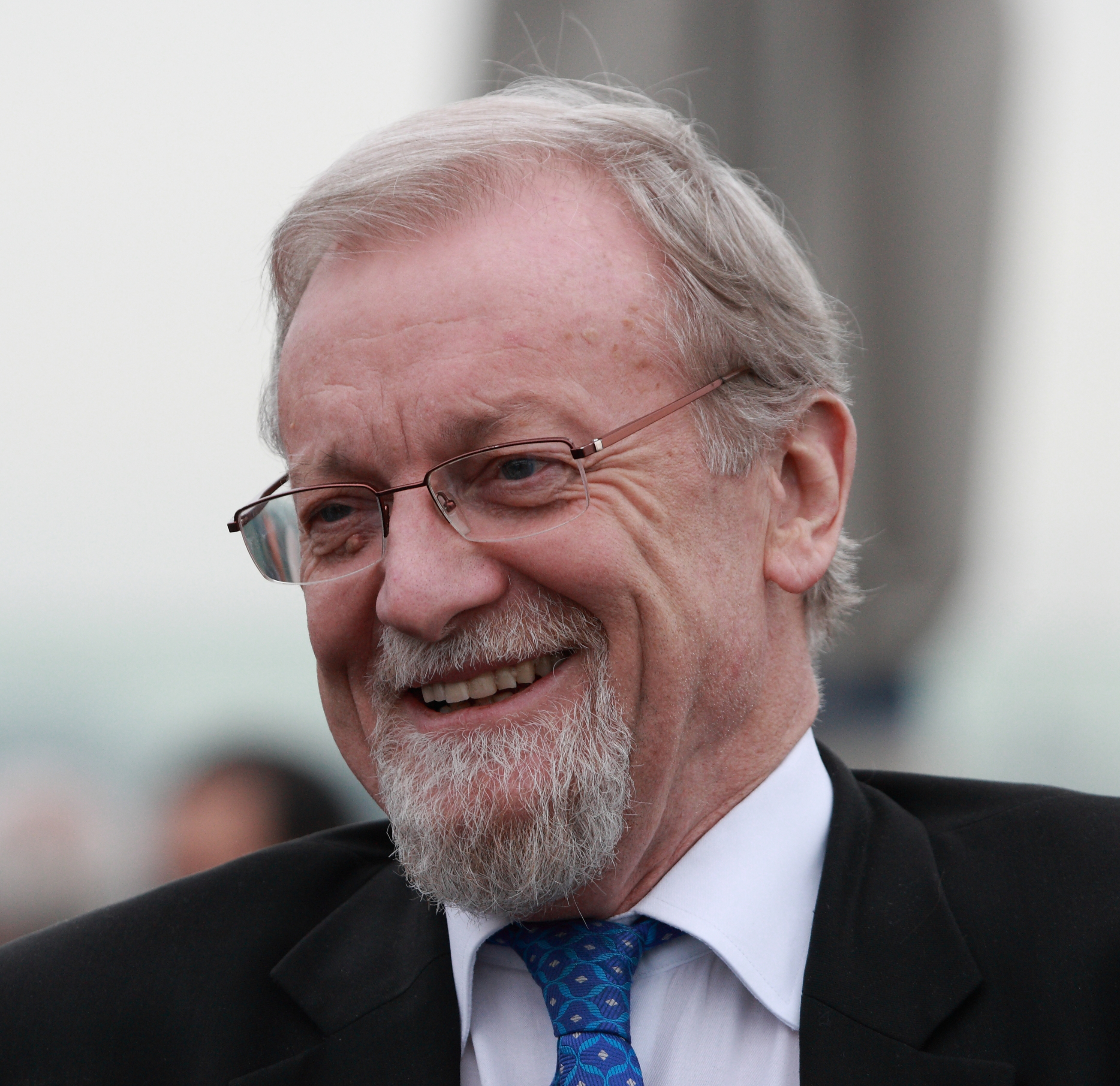

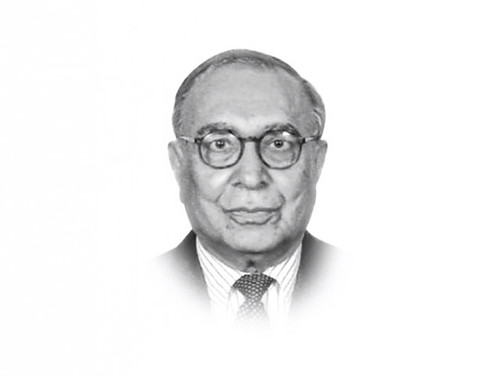





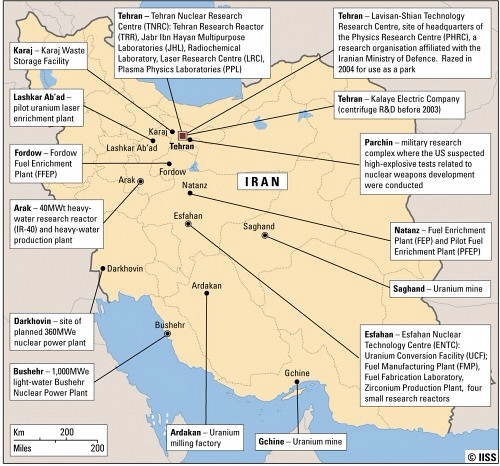
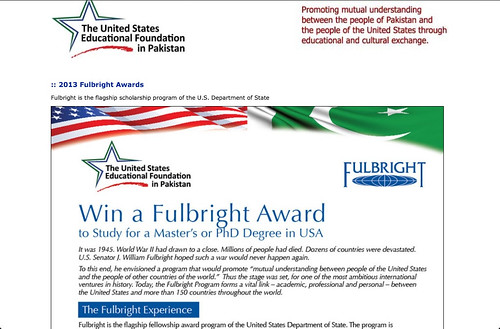


 The protesters are mainly Shia Muslims, who make up 70 percent of the population but are shut out of almost all government posts. The Sunni al Khalifa family has ruled Bahrain for more than 200 years, with King Hamad bin Isa al Khalifa holding nearly complete control of the country.
The protesters are mainly Shia Muslims, who make up 70 percent of the population but are shut out of almost all government posts. The Sunni al Khalifa family has ruled Bahrain for more than 200 years, with King Hamad bin Isa al Khalifa holding nearly complete control of the country. 




